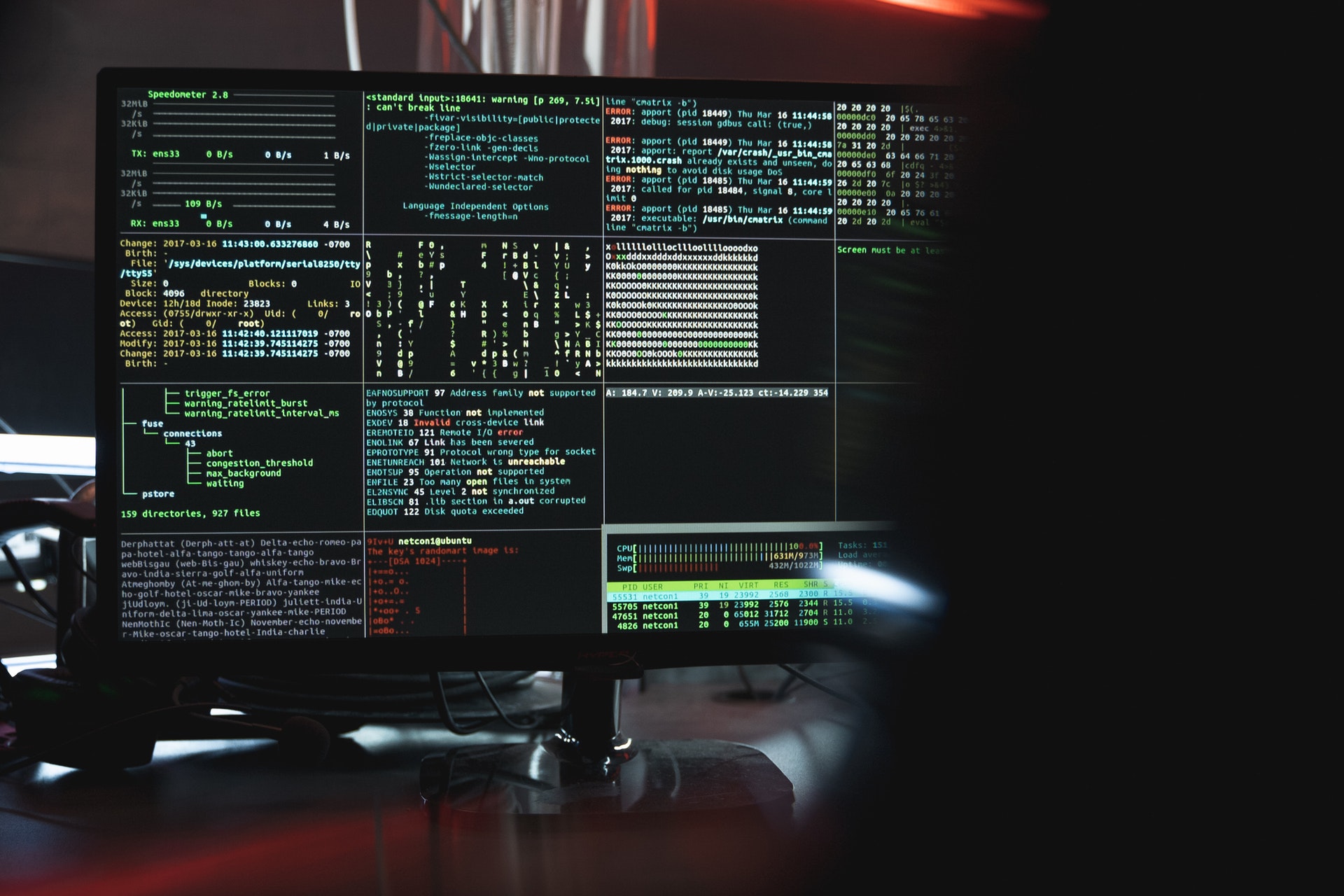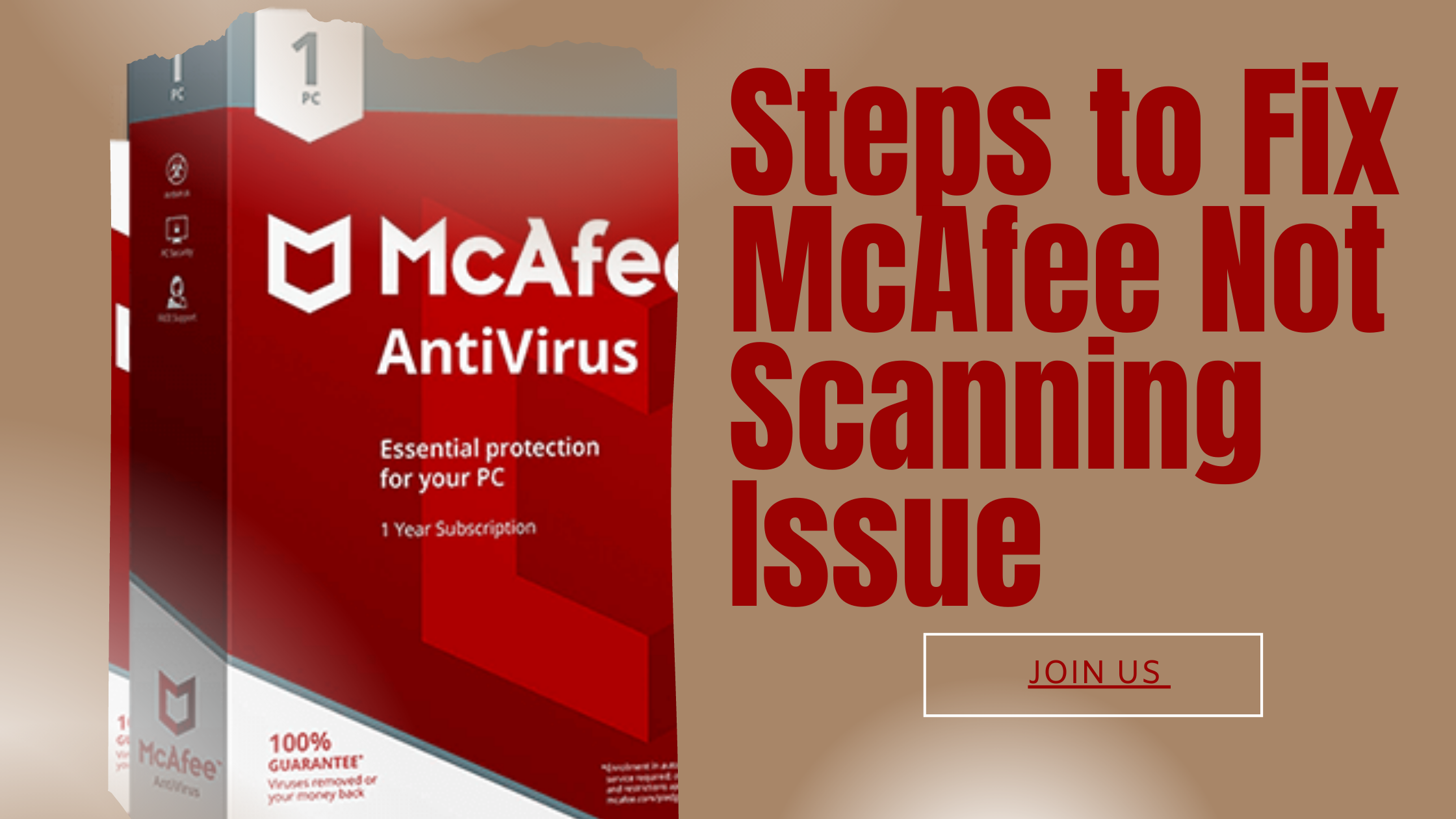
Most of us are not fans of antivirus software anyway, including me. With the recent turmoil caused by the attack on the WannaCry ransomware, it continues to send chills down the spine.
If you keep up with the new techniques, you have certainly heard a lot about ransomware. In summary, ransomware is a type of malicious computer virus, or malware, that is transmitted by cybercriminals. The ransomware encrypts your data and basically keeps your computer hostage until you pay a "ransom."
While protecting your software is an excellent insurance policy, there are additional steps you can take to avoid becoming infected with ransomware. Here are three quick tips:
- Ensure that the latest version of the anti-malware or antivirus tool is installed
Antimalware tools such as Malwarebytes or McAfee Anti-Malware are an important part of your computer's security system. Make sure you have one installed and that the latest version is running on your computer.
- Analyze attachments
Most malware allows you to scan emails or attachments before opening them. Emails and attachments should be checked for malware before opening them, especially if they come from an unknown sender.
- Ask before opening
If you are unsure of an attachment or a link in an email, send a short message to the person who sent it and ask if it is legitimate. If the person does not respond or gives a cryptic answer, do not open it.
Combined with reasonable precautions such as not clicking on links you do not trust, all this is quite normal computer hygiene. There are also simple ways to add ransomware protection to your PC without installing another security program. Your existing antivirus package may already offer some protection. For example, if you are using Windows Defender, you have built-in ransomware protection, but it is disabled by default.
Unfortunately, this approach is not easy and can be boring in practice. Many programs need to regularly access their document folders, so you may need to create many authorization pop-ups.
All this means that it is relatively safe in the short term, but it is always a good idea to protect yourself with ransomware prevention software. While personal computers have been relatively helpless for several years, there are now many anti-ransomware packages that are free and paid.
Even standard antivirus packages now regularly offer some level of ransomware protection. However, many of these packages (and most of them free) are based on the same technology as traditional antivirus programs. They recognize the signatures of known software to detect malware. The disadvantage of this approach is, of course, that you are prone to zero-day infections.
In contrast, most independent ransomware packages such as Acronis Ransomware Protection, Check Point ZoneAlarm Anti-Ransomware and Malwarebytes Anti-Ransomware detect beta malware based on their behavior. These programs monitor the activity of quarantine applications and processes that perform suspicious actions, such as: B. generating an encryption key or encryption files. This makes these programs considerably more effective in stopping the ransomware.
If you can also contact me ,from Bzfuture, you can find best antivirus software discount from this site .Aomei Backupper Free may be just what you need with WannaCry ransomware protection tools and tips. However, there are certainly steps you can take to protect yourself from possible ransomware attacks and data theft. kaspersky and bitdefender all the latest authorized software can be found here .

























